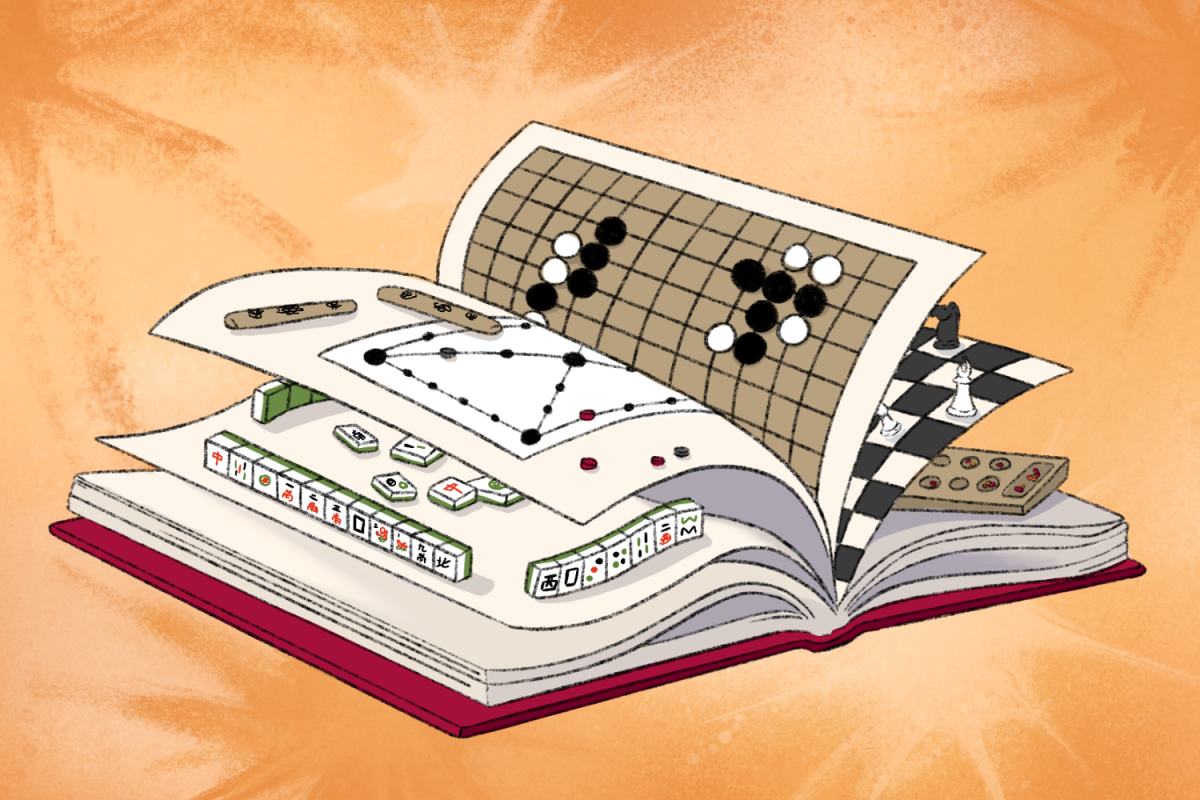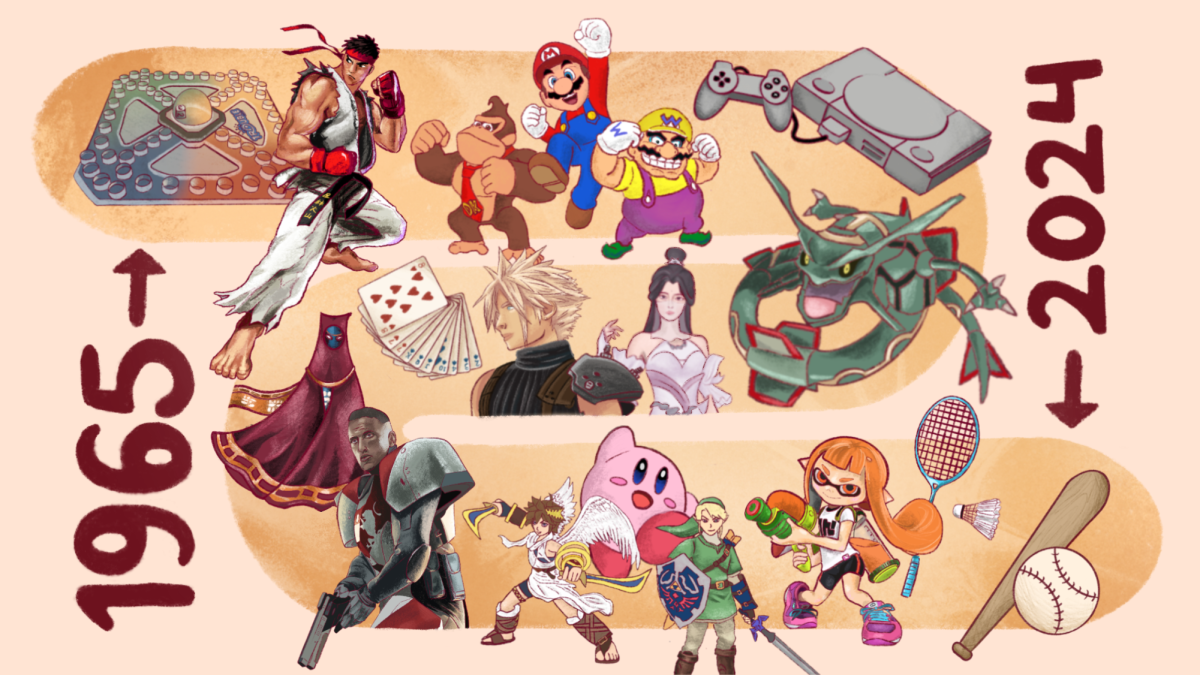Traditional games have a rich history and can offer a unique glimpse into the cultures where they originated. These games are not only sources of entertainment but also reflections of the social dynamics in communities that play them.
- Mahjong
Mahjong, a four-player game involving both luck and skill, first originated in China and spread to other East Asian countries. With various adaptations of the game, the primary goal of mahjong is to be the first to make four sets — three identical or consecutive tiles — and one pair of two identical tiles. This can be done through players taking turns to draw and discard tiles, with various intricacies involved. Tiles include three suits called wan, tong and tiao, representing Chinese characters, circles and bamboo respectively.
While many mistakenly believe that mahjong was created thousands of years ago by Confucius, the game was first developed toward the end of the Qing Dynasty in Southern China, where it served predominantly as a male-dominated gambling game. Brought to the United States in the early 1920s, the first imports of the game were ironically popular, with the game arriving on U.S. shores during a period of increased anti-immigrant sentiment.
At Lynbrook, many students play mahjong with family and friends, as the slower pace of the game allows for more of a conversational and laid-back environment. The game has also introduced aspects of Chinese culture to players and spectators alike, such as the Chinese norm of friendly conversation and a playful atmosphere between opponents.
“The best thing about mahjong is its ability to create a lively atmosphere in the room and create bonds between people,” senior and National Chinese Honor Society President Lyria Zhu said. “Mahjong has also helped me connect with Chinese culture because it reflects the ‘friend-group culture’ in China, where laughs and joy are shared over a bonding activity.”
- Yutnori
Yutnori is a classic Korean board game played by two teams using four sticks and a yut board. Players flip the sticks, and the five different possible moves based on how the sticks land — up or down — are named after animals like dogs, sheep, and horses. The objective is to return to the starting point before the opponent team.
The yut board consists of a square with its two diagonals added to the course, with corresponding stations along the lines. The board itself has ties to ancient astronomy, where the outer square represents heaven and the spaces divided into four sections symbolize land. It is thought that the central station on the board references the Pole Star and that the entire board symbolizes the celestial sphere.
On New Year’s Day, people in the agricultural regions of Korea during the Three Kingdoms period would gather with relatives to wish for a good harvest in the spring while playing yutnori. Today, the game has evolved over time to be played as a fun game between family and friends.
“My favorite memory of playing yutnori is with my family when deciding who would clean the house,” senior and Korean Club president Richard Lim said. “It was quite fun to tease my parents because they lost the game; they intended to make us play and clean by beating us, knowing that they definitely had more experience and tactics.”
- Loteria
Lotería, commonly known as “Mexican Bingo,” is a game of chance similar to American Bingo but with pictures instead of numbers. Each player has a board with a four-by-four grid of images depicting elements of Spanish folk tales and pinto beans to use as markers. The caller picks a card from the deck of 54 different cards, and the first player to achieve the previously agreed-upon pattern — row, column, diagonal or four corners — shouts “Lotería” and wins the round.
The game originated in Italy during the 15th century. It was first introduced to Mexico from Spain in 1769 and, after initial popularity, it was later mass-produced by Don Clemente Jacques in 1887 for the general public. During the Mexican Independence War, the game evolved from a majorly upper-class pastime to a hobby for soldiers as it was included along with military rations at the time. Soldiers brought the game home to their families, causing it to soar in popularity and be played in Mexican fairs for money.
The game’s cards have also been used as a tool in the U.S. to teach Spanish history and culture. For example, the picture of a skeleton, labeled “la muerte”, symbolizes the deep connection with the dead in Mexican culture. It reminds people that ancestors who have passed can remain as a source of guidance and remain present in one’s memories.
“I love that all the images on the tabla reflect cultural symbols and themes,” senior and Spanish Club President Radha Paravastu said. “I definitely think others should try out this game because you can learn a lot about Spanish culture while having fun with friends.”



































































